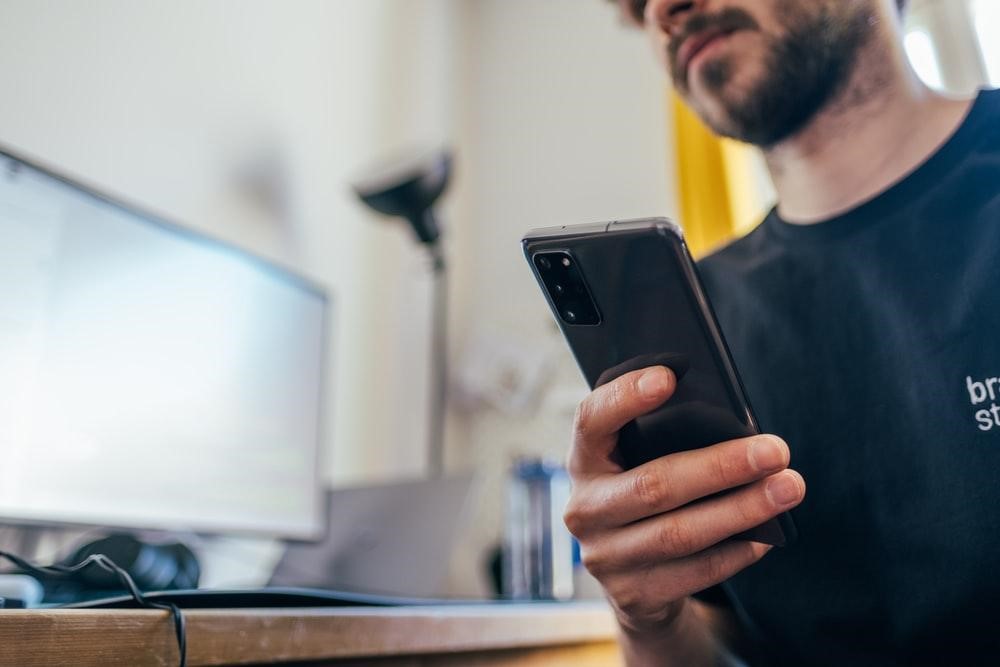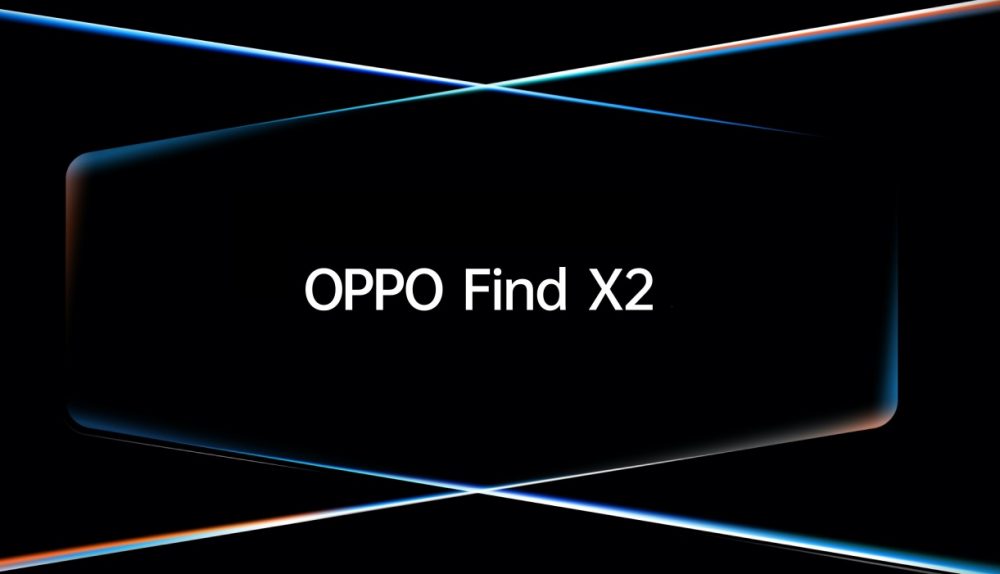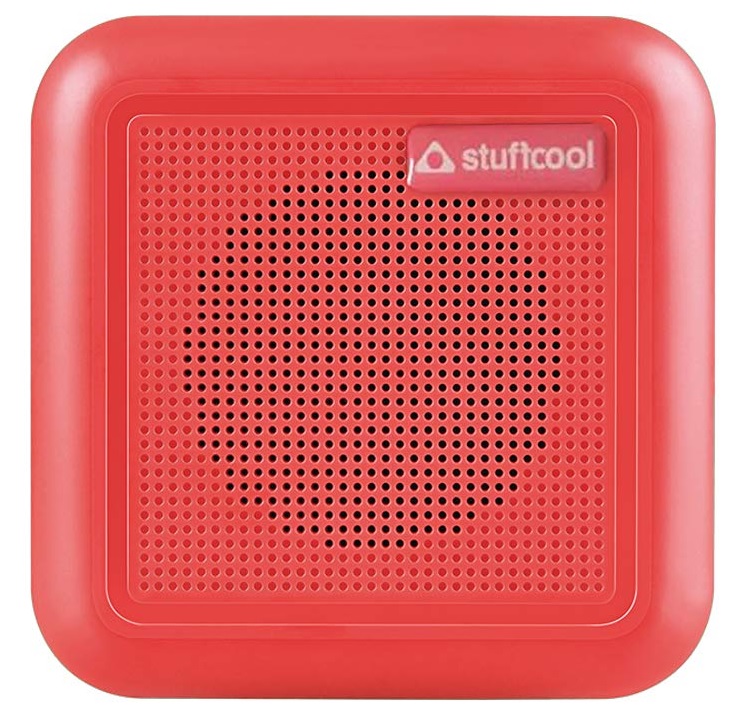How much time do you spend on your smartphone each and every day? Most individuals rely upon these clever devices to check their emails, to speak with friends, to keep up to date with the latest news, and to play entertaining games. All of these options are possible due to highly powerful processors alongside ample amounts of memory (often referred to as RAM within technical circles). The average memory of a mobile phone has likewise grown over the years in direct correlation with the demands of the end user. This is why you tend to be provided with a number of choices when purchasing a new model. So, how much RAM will you need? The answer to this question is slightly more complicated than it may initially appear, so let’s take a closer look.
What is the Bare Minimum?
Most industry experts agree that modern phones are equipped with four gigabytes of RAM as standard. This amount of memory is intended to store essential applications as well as to accommodate for the space that new ones will require. It is also useful for those who enjoy downloading music, installing third-party software and storing images. However, four gigabytes might not be enough for some.
Do You Need More Memory?
One of the issues with RAM is that it is much better to choose the proper amount of memory in the beginning as opposed to enduring an upgrade in the future. Here are some of the reasons why four gigabytes of RAM could be insufficient:
- You wish to download large files such as HD videos.
- You will need to install numerous memory-laden applications on your device.
- Your phone doubles as a professional handset (such as one which utilizes VoIP services on a regular basis).
In other words, playing a fun game of online slots will not normally require a great deal of RAM. However, this can certainly not be said if you hope to download and save a massive 4K media file on your device. It is normally wiser to opt for a phone with more built-in RAM (some models offer as much as six gigabytes).
Signs That Your Memory is Insufficient
So, how can you tell if your memory is not able to support the functions of your phone? The most common scenario involves sluggish performance; particularly when opening up a large application. You may also notice that it takes longer to connect to the Internet or that latency times (delays) between pages are on the rise. Some apps may crash entirely for no apparent reason. In any of these cases, it is always best to rule out other issues such as a virus. Assuming that no virus has been detected, the chances are high that memory is the problem.
Thankfully, most smartphones are able to store incredible amounts of data. There can still be instances when more RAM is a good idea. Be sure to speak with the manufacturer in question in order to discover your options.
Other Technical Reviews:- Reviews








